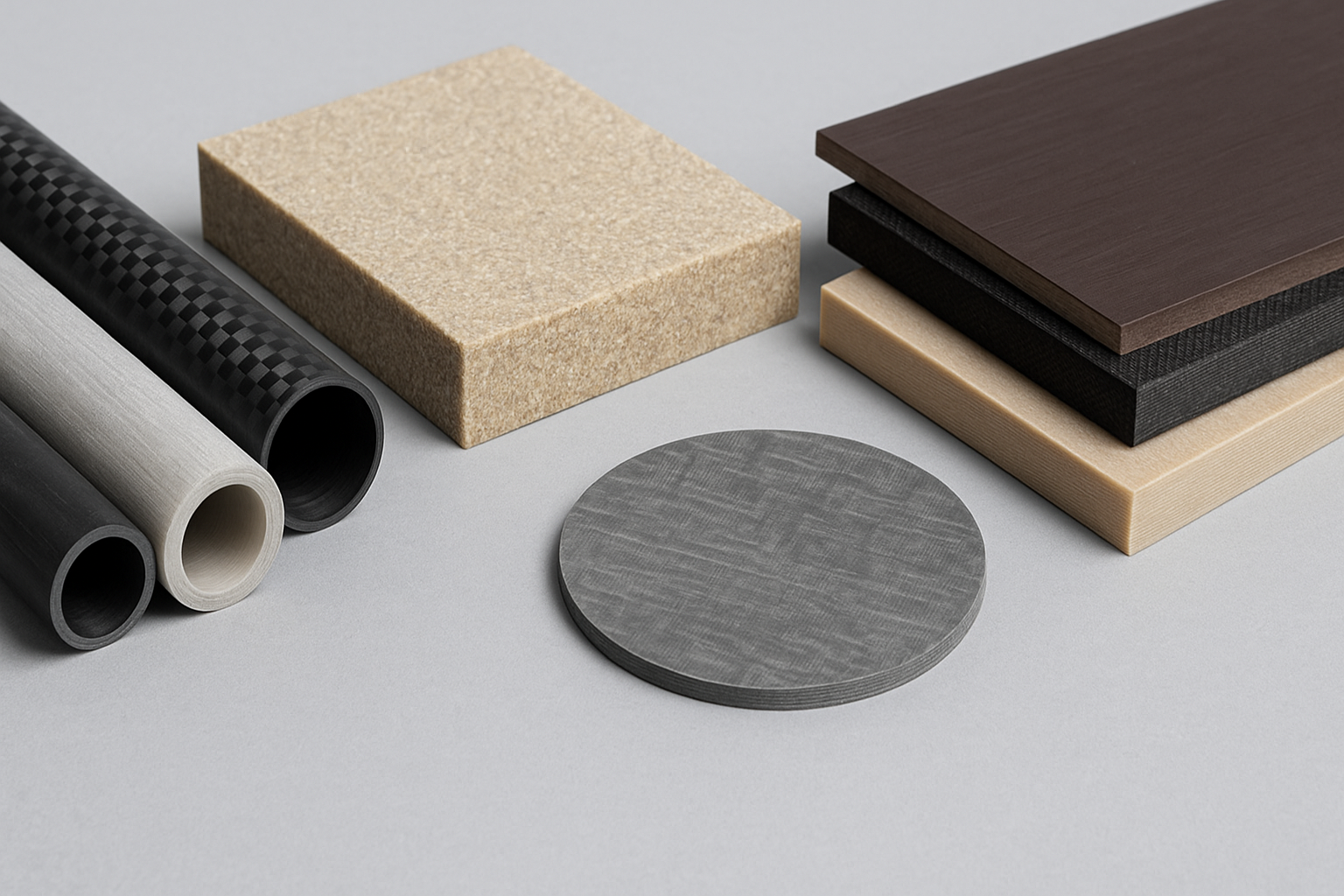A Quick Guide to Composite Materials: What They Are and Why They Matter
2025-07-21

What Are Composite Materials?
Composite materials are engineered by combining two or more different substances to create a new material with improved performance. Typically, a composite consists of:
Matrix – the main material that holds everything together.
Reinforcement – fibers or particles added to enhance strength, stiffness, or durability.
The goal is simple: combine the strengths of different materials to achieve better performance than any single material can offer on its own.
Common Types of Composite Materials
Different industries use different types of composites based on their needs. Here are three common categories:
Fiber-Reinforced Composites
Made with fibers like carbon or glass within a resin matrix. These are lightweight and strong—widely used in aerospace, automotive, and sports equipment.
Particle-Reinforced Composites
Contain small particles (like ceramics or metals) that improve hardness and resistance to wear. Often used in industrial machinery and tools.
Laminated Composites
Multiple layers of materials bonded together to enhance overall structural stability. Popular in construction and marine applications.
Key Advantages of Composite Materials
High Strength-to-Weight Ratio: Strong like metal but much lighter, helping improve energy efficiency in vehicles and aircraft.
Corrosion Resistance: Ideal for outdoor, marine, or chemically harsh environments.
Flexible Design: Can be molded into complex shapes to meet specific performance requirements.
Long-Term Cost Efficiency: Durable and low-maintenance, reducing long-term operational costs.
Industry Applications
Composite materials are widely used across industries:
Aerospace: Aircraft bodies, wings, and structural parts.
Automotive: Panels, bumpers, and interior components to reduce weight and improve fuel efficiency.
Construction: Structural reinforcements, bridge components, and roofing.
Sports & Recreation: Bicycles, tennis rackets, helmets, and more.
The Future: Bio-Composites and Sustainability
With growing demand for eco-friendly materials, bio-composites made from renewable resources are gaining attention. These materials offer similar performance benefits while reducing environmental impact—a key trend for future development.
Conclusion
Composite materials are shaping the future of modern manufacturing. Their unique combination of strength, flexibility, and durability makes them a smart choice for many industries. Whether you're sourcing materials for automotive parts or looking for innovation in construction, understanding composites gives you a competitive edge.
Looking for high-quality composite solutions?
Contact our team today to explore customized options for your industry.
TAG:
Related News
The Marvel of Composite Materials: A Game Changer in Modern Manufacturing






